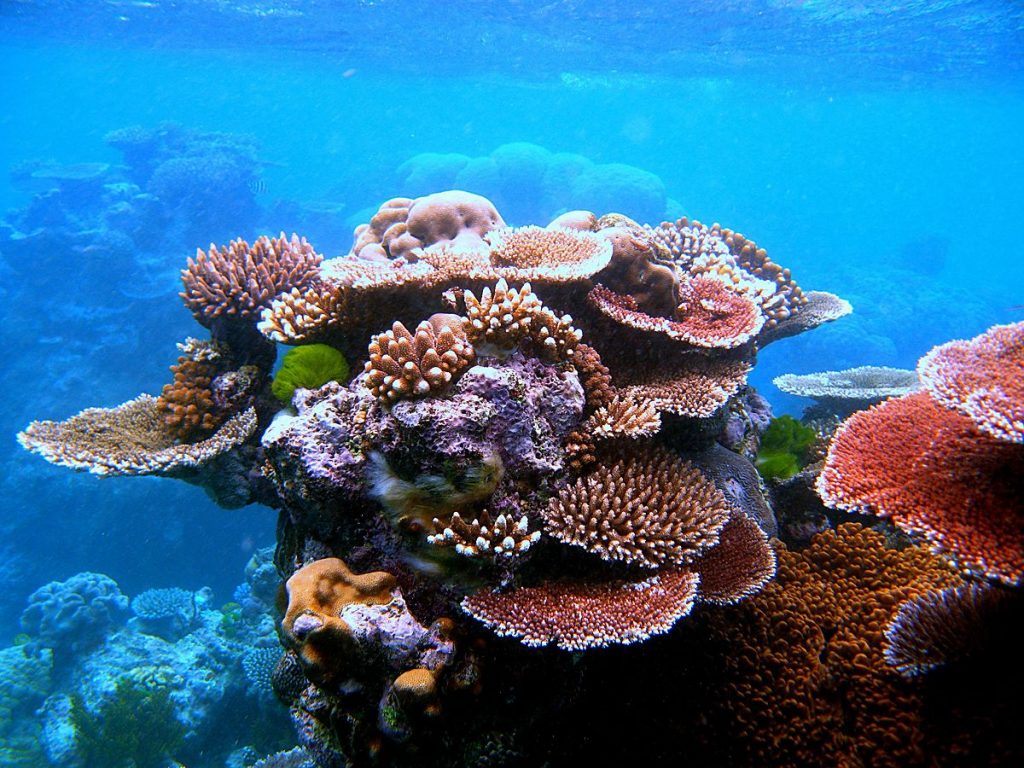
A mysterious affliction known as Stony Coral Tissue Loss Disease (SCTLD) is ravaging the reefs in the Caribbean. Once the disease sets in, it is likely to destroy the infected colony of coral within weeks to a month. The fast-moving, lethal disease is unprecedented in the speed with which it can damage large numbers of coral species.
SCTLD carries with it a mortality rate of 66 to 100 percent. The disease prompts rapid tissue loss, liquefying the coral from the inside out. It first appears as white patches, before eventually stripping the coral of color and life altogether. Nothing is left but patches of coral skeletons.
About a third of coral species throughout the Caribbean are vulnerable to the disease, including five species that are on the Endangered Species list. According to the Florida Sea Grant, the disease has been identified in seven Caribbean localities, as well as Florida’s Upper Keys. National Marine Sanctuaries says that since 2014, SCTLD has infected nearly half of the stony coral species that help comprise the Florida Reef Tract.
The cause of the disease is unknown, and coral typically cannot recover from the condition. Different species fall victim to it at different paces. Tissue samples are being taken to help identify whether a bacterial pathogen of some kind is responsible. Researchers are also keeping track of ecosystem conditions, including water temperature, water quality, and sedimentation. Once scientists discover what is causing it, they can begin trying to figure out how to treat it.
Right now, there is no cure for SCTLD. All researchers can do is remove the infected coral from the coral reef. It is hoped that once a diseased section of the coral reef is removed, the rest of the reef will continue to thrive. Coral samples are also being shipped to places as far-away as Kansas and Oklahoma to save species thought to be susceptible.
